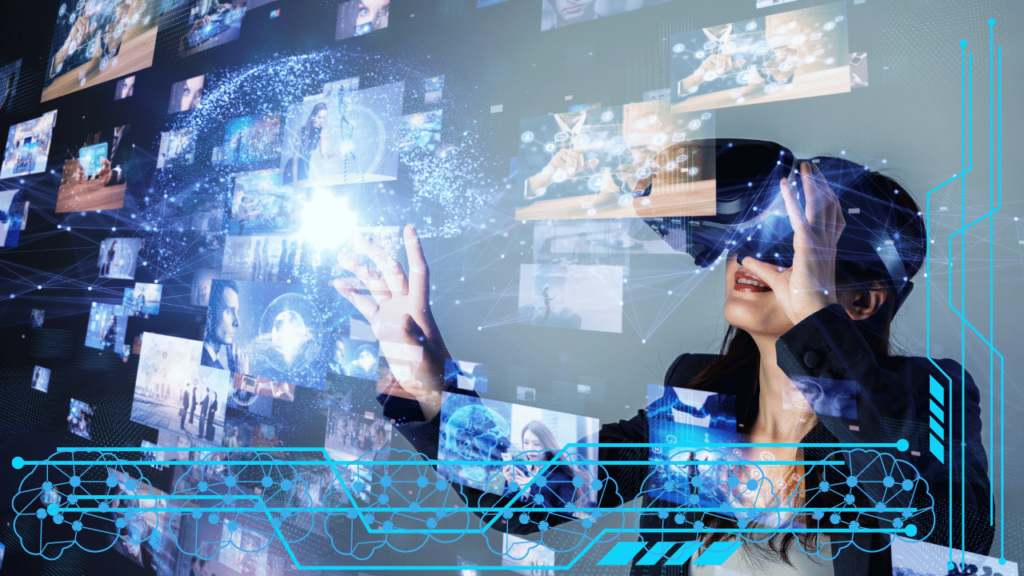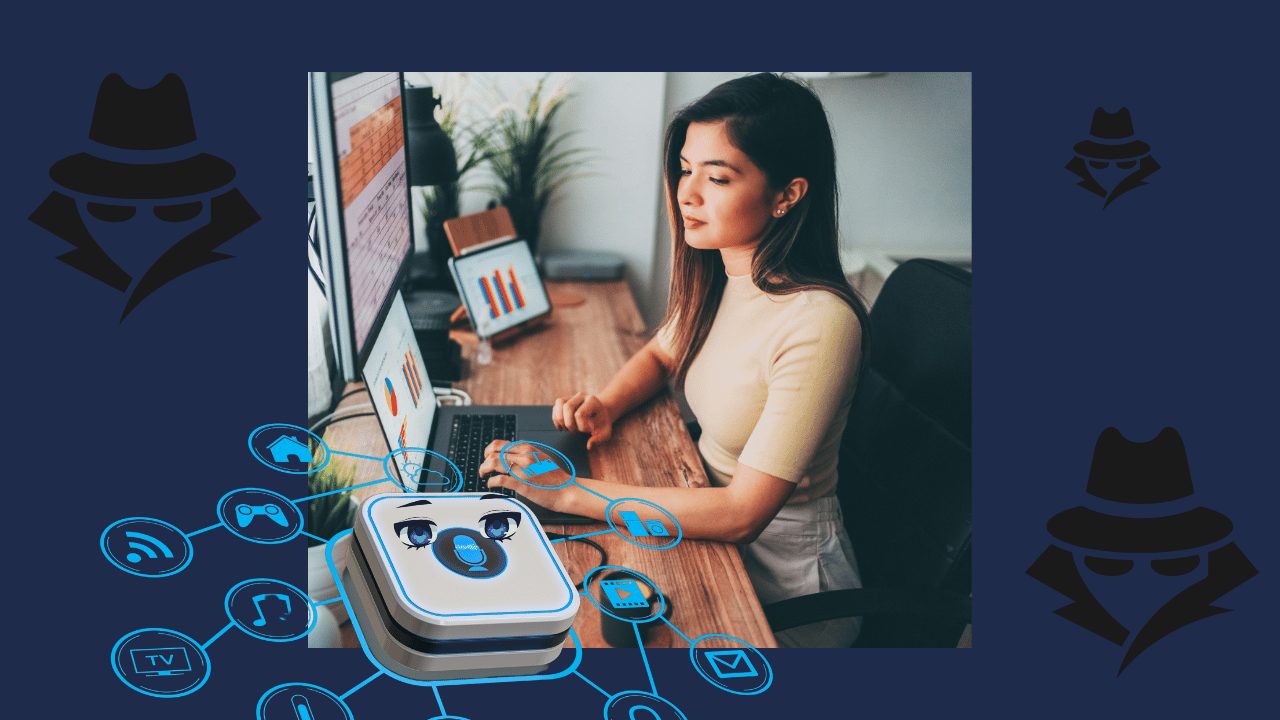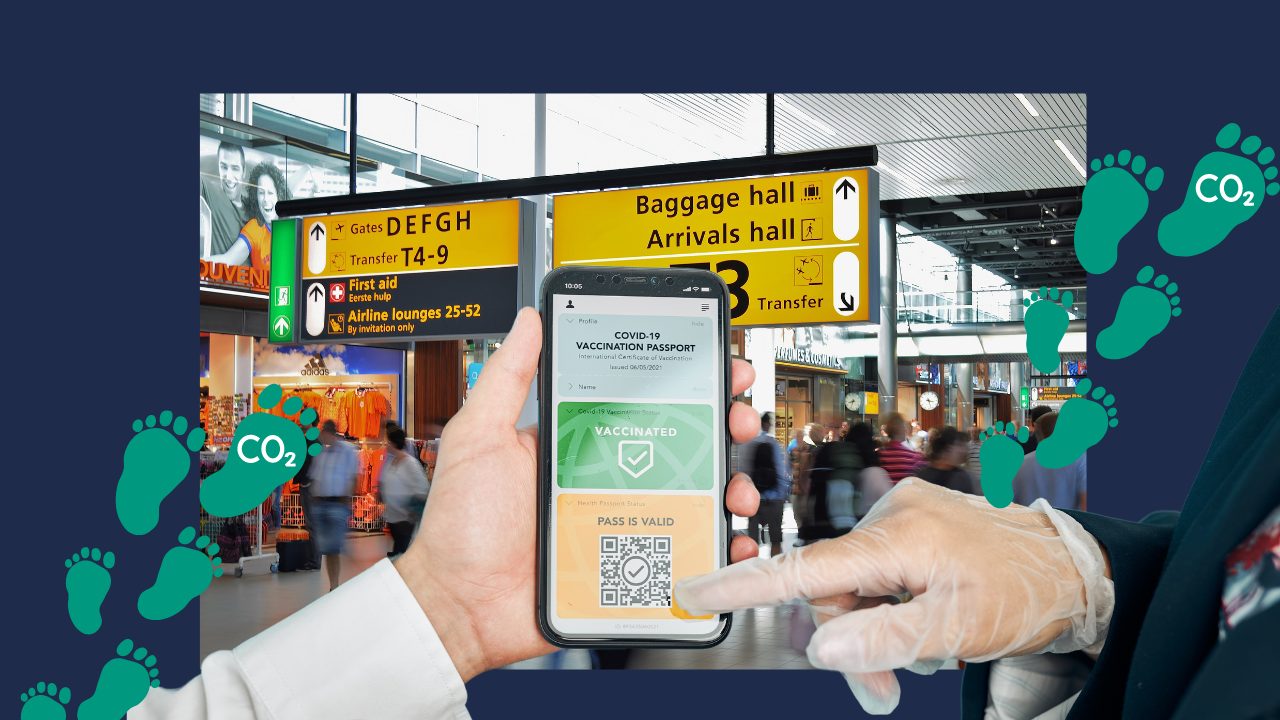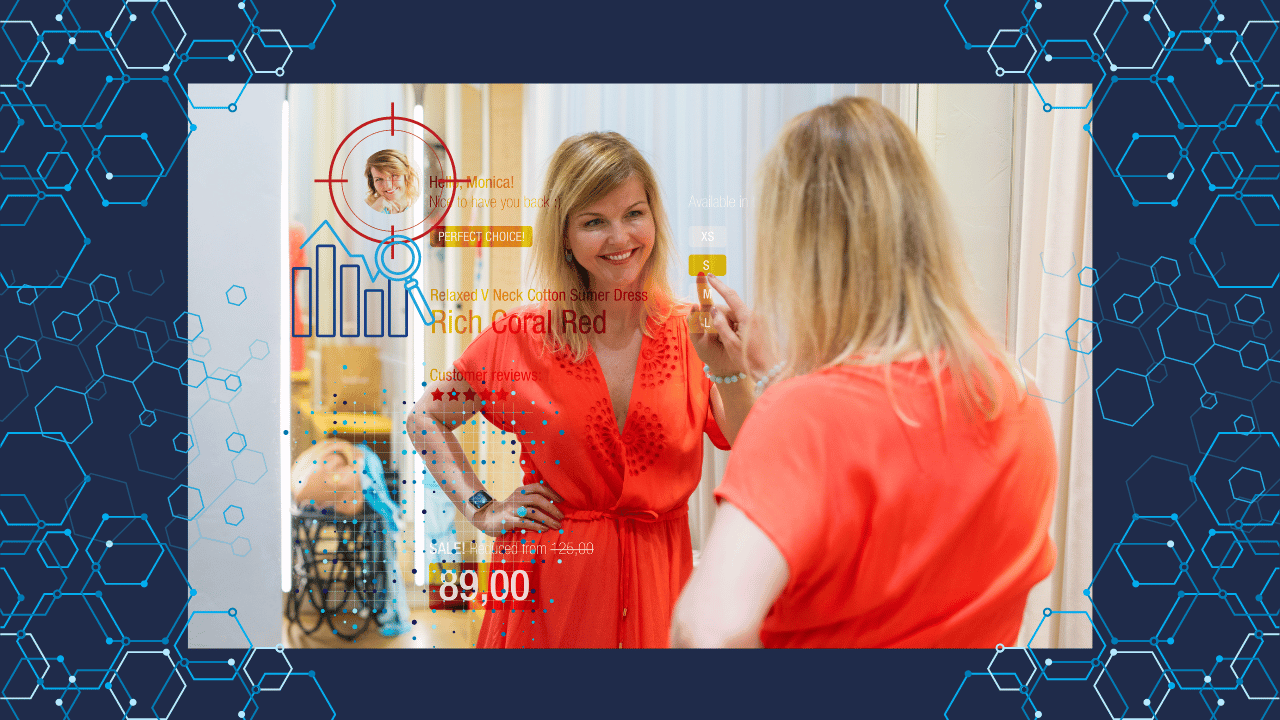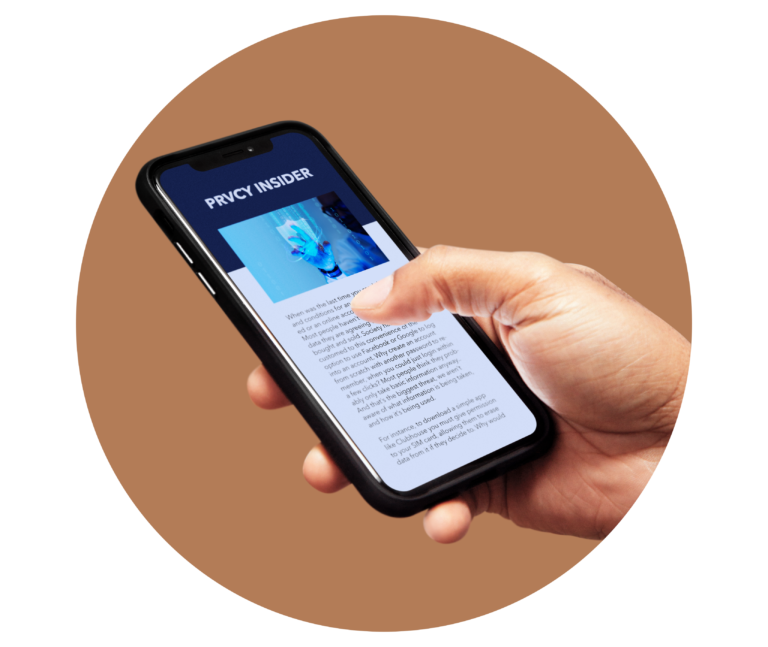Virtual Reality (VR) is an innovative and immersive technology that allows users to experience different virtual environments.
From gaming and entertainment to educational and training applications, VR has captivated millions of individuals worldwide. While has some benefits, it’s essential to speak about some of the potential negative consequences it can have on our health and brain. In this blog post, we will explore the bright and dark side of virtual reality and discuss the impact it can have on our well-being.
VR puts you in a 3D, computer-generated environment. It usually involves wearing a headset or goggles that show video. You move your head to look around the simulated setting. You might also have the option to control movement or interact with virtual objects by using a controller or other device. As you explore, speakers or headphones play sound effects or make things as realistic as possible.
The good
Pain Management
Virtual reality has been prove to help patients to relieved their pain by distracting them with experiences such as:
- Swimming with dolphins
- Relaxing at the beach
- Exploring forests and other types of nature
- Gliding through an icy canyon
Even when higher-quality studies are needed, and researchers still have more to learn about its uses for physical therapy. VR proves to eased pain for pregnant women who were in labor and Helped children feel less pain and anxiety during a procedure to insert a catheter (a thin, flexible tube) into a vein.
One team of researchers reported that adults who wore VR glasses during a colonoscopy called their virtual experience “pleasant and distracting.” In a study of adults getting painful wound care treatments, those who received VR therapy needed less opioid medication to manage discomfort during the procedures than those who didn’t.
Other research has found that VR may help soldiers with combat-related burn injuries feel less pain while getting treatment to clean their wounds and remove unhealthy tissue.
Some physical therapists also use VR to help their patients tackle pain and other problems.
Mental health
For certain mental health conditions, VR aims to helps to confront fears. The idea is that it can give a safe, controlled way to gradually and repeatedly explore situations that were deeply disturbing or scary people. This may ease anxiety or stress. Is important and need it to have an experienced mental health professional to guide the experience and teach the patiente about anxiety management skills, like mindfulness and deep breathing.
Studies suggest VR may help ease posttraumatic stress disorder. It simulates the type of traumatic event you experienced, like combat, a disaster, or a car accident. But the studies were limited because they mainly looked at male military service members.
A single study of military veterans and active-duty personnel with combat-related PTSD found that virtual reality sessions, along with other treatments, led to less social isolation, depression, and anger 6 months later. The researchers cautioned that their findings suggest that VR alone isn’t enough to manage PTSD. It’s usually treated with options like talk therapy.
The Bad
False memories
Virtual reality affects your perception of reality. Stanford’s Bailenson, author of the forthcoming book “Experience on Demand,” about his two decades of research on the psychological effects of virtual reality, explains “When VR is done well, the brain believes it’s real,” he said.
“VR can be stored in the memory center of the brain in a way that is strikingly similar to real physical experiences,” In other words has the potential to create false memories, one research suggested that in children about 12 years old or younger, might mistakenly think something they did in VR happened in real life.
Mental Health
While VR offers opportunities for social interaction in virtual spaces, excessive use can lead to social isolation in the real world. Spending extensive time engrossed in virtual environments can result in reduced face-to-face interactions, diminished social skills, and emotional disconnection from the physical surroundings. Maintaining a healthy balance between virtual and real-life social interactions is vital for our emotional well-being.
Results of an online survey conducted on 1,053 participants showed that increased gaming and related activities predicted higher anxiety and increased loneliness.
“If you were to do this in the real world, how would it affect you? That’s how you should think about virtual reality,” Bailenson said, adding that research shows that transforming into another person in VR produces greater changes in attitudes and behavior in real life than watching videos or role-playing games.
Cybersickness
Recent significant progress in Virtual Reality (VR) applications and environments raised several challenges. They proved to have side effects on specific users, thus reducing the usability of the VR technology in some critical domains, such as flight and car simulators. One of the common side effects is cybersickness. Some significant commonly reported symptoms are nausea, oculomotor discomfort, and disorientation.
Motion sickness is a well-known consequence of virtual reality experiences, affecting a significant portion of VR users. The sensory disconnect between what the eyes perceive and what the body feels can cause a mismatch that triggers feelings of nausea, dizziness, and disorientation. While the technology has made significant strides in reducing motion sickness, it remains a concern for some users, limiting the duration and frequency of VR usage.
Brain, Vision and Eye Strain
The immersive nature of virtual reality often requires intense focus and concentration. Extended exposure to virtual reality can strain the eyes and adversely affect vision. The constant focusing on close-up virtual objects and the prolonged use of VR headsets can lead to symptoms such as mental and eye fatigue, dryness, blurred vision, cognitive overload and headaches. These discomforting effects can be particularly prominent in individuals who already have pre-existing vision problems.
If is used in long periods can negatively impact memory, attention span, and cognitive performance in tasks outside the virtual environment. Regular breaks and mindful use of VR can help prevent cognitive overload and maintain mental well-being.
Physical Inactivity and Sedentary Lifestyle
One of the key drawbacks of virtual reality is the potential for physical inactivity. VR experiences often involve stationary gameplay or sitting for extended periods, leading to a sedentary lifestyle. Lack of physical movement can contribute to various health issues, including obesity, cardiovascular problems, and musculoskeletal disorders. Balancing VR usage with regular exercise and movement is crucial to mitigate the negative impact on overall physical health
The Apple Vision Pro
Apple isn’t calling Vision Pro a VR headset. Rather it’s referring to the headset as its “first spatial computer” with a big emphasis on how a user will be able to stay present in the physical world while wearing it. Apple CEO Tim Cook spoke about how the Vision Pro ushers in “the beginning of a new era for computing.” Here’s everything we know about the Vision Pro headset so far.
However, the same pros and cros apply to the Apple Vision Pro.
The big tech company is notifying potential customers with certain conditions that they should not buy or use the device due to the impact AR and VR may have on their health. That includes people with Meniere’s Disease, past traumatic brain injuries, post-concussion syndrome, migraines and vertigo.
The company even recommends not to use the Vision Pro if you’re prone to inner ear infections, have anxiety disorders, a pacemaker, epilepsy, blackouts/seizures or are pregnant, you may be warned against using the headset.
For PRVCY World the major concern about this device is focus on your data and daily life. This device has new R1 chip used to process input from 12 cameras, five sensors, and six microphones. Inside the lenses, a high-performance eye-tracking system uses cameras and a ring of LEDs to project invisible light patterns on the user’s eyes. As a result, the Apple headset is able to tell what way the user is looking and use high-performance eye tracking to control the interface. There are no external accessories other than controllers for playing games.
The Vision Pro also recognizes the user’s iris via a new method to unlock the device and authenticate passwords and purchases called Optic ID. Like the iPhone and Mac, all data is stored on a dedicated Secure Enclave processor.
There’s also a nifty feature called EyeSight that projects the correct perspective of your eyes to the people looking at you. EyeSight also includes a visual indicator that makes it clear to others when a user is capturing a spatial photo or video.
